
Charles Aston Key
Charles Aston Key (1793 –1849) was an English surgeon. Eponym: Key-Hodgkin murmur (1827)

Charles Aston Key (1793 –1849) was an English surgeon. Eponym: Key-Hodgkin murmur (1827)
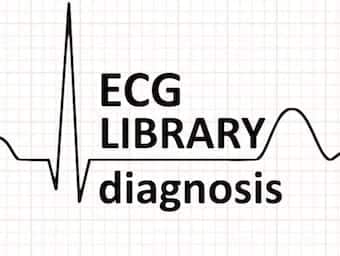
Acute Coronary Syndrome in the setting of allergic or anaphylactic reactions, usually secondary to allergic coronary vasospasm
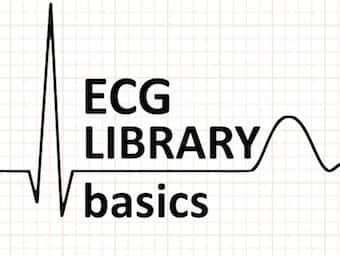
This review will change your approach to localised ST depression on the ECG, which on its own does not accurately localise ischaemia, and may be the first sign of subtle occlusion
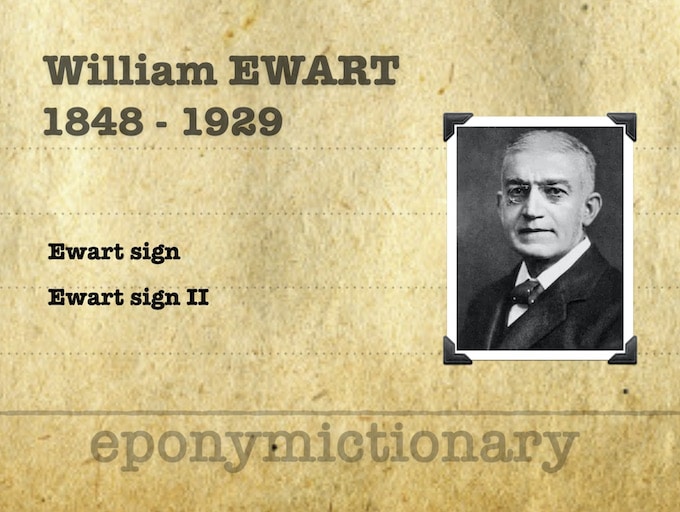
William Ewart (1848 - 1929) was an English physician. Ewart signs of pericardial effusion (1896) and his twelve signs of pericardial effusion
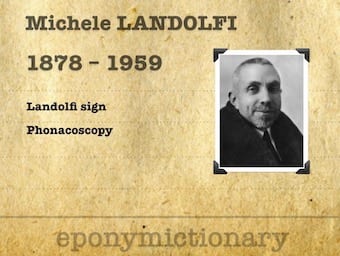
Michele Landolfi (1878 - 1959) medico italiano. Phonacoscopy (1906) Landolfi sign in severe aortic regurgitation (1909)

Wolff-Parkinson-White (WPW) Syndrome is a combination of the presence of a congenital accessory pathway and episodes of tachyarrhythmias

A review of the ECG features of right ventricular outflow tract tachycardia (RVOT), a type of VT, with example ECGs.
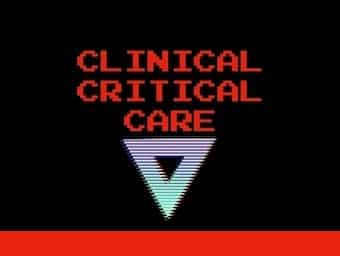
A strong interdependent system of care can improve survival from out of hospital cardiac arrest, with Tony Walker ASM

Mixed pattern of RBBB in precordial leads and LBBB in limb leads, with a higher rate of progression to complete heart block than typical bifascicular block

Bundgaard et al introduced us in 2018 to "Familial ST-segment depression syndrome", a new cardiac arrhythmia syndrome predisposing to atrial fibrillation, VT, and sudden cardiac death.

In 2008, Haïssaguerre et al challenged the well-embedded term "benign" early repolarization by demonstrating a link between this familiar ECG pattern and idiopathic VF arrest

Aslanger et al identified a specific ECG pattern concerning for acute inferior occlusion MI in patients with concomitant multi-vessel disease, that does not display contiguous ST-segment elevation or fulfil STEMI criteria